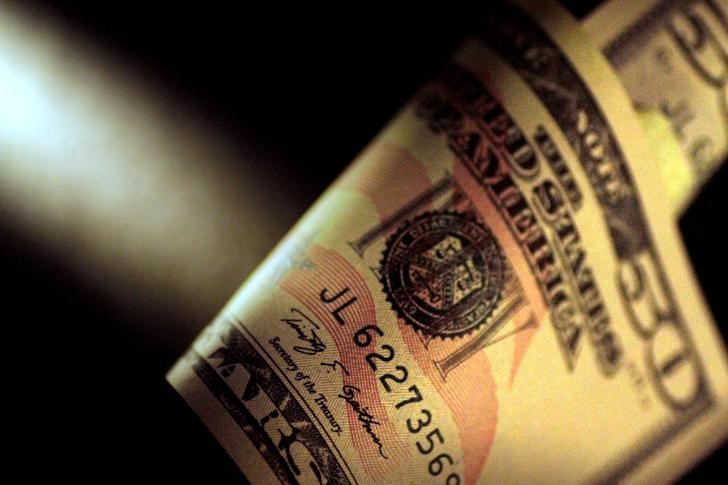By Gina Lee
Investing.com – The dollar was down on Friday morning in Asia, set for its largest weekly fall in eight months. Investors trimmed long positions as they bet that several U.S. interest rate hikes are fully priced in for 2022.
The U.S. Dollar Index that tracks the greenback against a basket of other currencies inched down 0.07% to 94.173 by 10:10 PM ET (3:10 AM GMT). It is down about 0.9% for the week and set for its largest weekly percentage fall since May 2021, halting an around six-month rally.
The JPY/USD pair was down 0.33% to 113.80.
The AUD/USD pair edged down 0.12% to 0.7275 and the NZD/USD pair inched down 0.07% to 0.6855.
The USD/CNY pair inched up 0.01% to 6.3605. Chinese data released earlier in the day showed that exports grew 20.9% year-on-year and imports grew 19.5% year-on-year in December. The trade balance was at $94.46 billion.
The GBP/USD pair edged up 0.15% to 1.3725. Confidence that the U.K. economy can withstand the latest COVID-19 outbreak and that the Bank of England could hike interest rates beginning in February 2022 has sustained the pound, despite the political crisis threatening Prime Minister Boris Johnson’s position.
With U.S. inflation at its highest level since the early 1980s, selling forced the dollar through key support against the euro. The single currency is up more than 0.8% for the week so far, trading at $1.1457.
Meanwhile, U.S. interest rate futures have all but locked in four interest rate hikes in 2022, supported by Fed officials including vice-chair nominee Lael Brainard.
"Investors appear to be signaling that ending quantitative easing, hiking rates four times, and commencing quantitative tightening all in the space of nine months is so aggressive that it will limit the scope for hikes further out," MUFG head of global markets research Derek Halpenny said in a note.
"It has in fact reinforced the belief that peak Fed funds will be below 2%… what can change this? We will need to see data on the economy that convinces the market of stronger growth. That could see thinking on the terminal fed funds rate shift higher. That would be the catalyst for renewed dollar strength,” the note added.
For the riskier Antipodean currencies, investors await labor and inflation data in both Australia and New Zealand later in the month.
"Further evidence of strength in the labor market will trigger expectations... for a potential positive shift in Reserve Bank of Australia rhetoric which will underpin the outlook for the Australian dollar," Rabobank FX strategist Jane Foley told Reuters.
"We expect AUD/USD to push higher to $0.74 in the second half of 2022."
Meanwhile, the Bank of Korea hiked its interest rate to 1.25%a as it handed down its policy decision earlier in the day.
